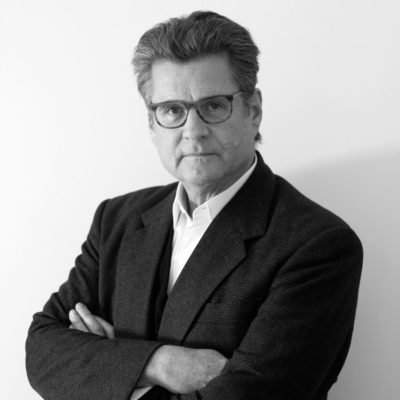A lunch with and presentation by Vincent Fremont
— On the Music of Andy Warhol
Friday 26 May 2017, 2 — 3:30 pm

…in the words of Vincent Fremont
When Sony Corporation released the first portable video camera in 1967 it would become a major cultural event in the United States though no one realized it at the time. The fact that one person could carry both the recording deck and a video camera without the need of AC power cord was revolutionary. The first version was called a Video Rover. Around 1970 the portable video recording system was named the Sony Portapak. The Portapak consisted of a ½” reel to reel video recorder that was carried in a leatherette case with a shoulder strap with a clear plastic “window” so one could see if the tape was running. The lightweight rectangular camera had a cable that attached to the video recorder. A condenser microphone was built into the camera and there was a slot on top of the camera to attach a separate external microphone. This video system was directly responsible for inspiring artists to make video art, it was easy to use and relatively cheap to purchase.
The medium of video intrigued Andy Warhol ever since he videotaped his muse at the time, Edie Sedgwick with a Norelco video recording system that was loaned to him in 1965. Andy was interested in the new technology of the portable video camera and what its potential could mean—instant and possibly endless audio and visual recording of people and places. Some time in 1970 at a celebrity filled party hosted by advertising executive and film producer Lester Persky, Andy saw a young man using the Portatpak and made is way over to him. The man was Michael Netter and after Bob Colacello (the new editor of Andy’s magazine, Interview) introduced him to Michael, Andy asked Michael to come to his studio to work on videos. Andy bought two Portapaks and videotaping would become part of our life at the Andy Warhol Studio.
I met Andy in the summer of 1969 and did freelance work for him and in the beginning of 1971 Andy asked me to work full time at his studio. Michael was shooting video around the studio and off site locations. I started working with Michael and in the summer of 1972 at Eothen, Andy Warhol and Paul Morrissey’s estate in Montauk Long Island, Andy taught me how to use the Portapak. Andy was in the first video I shot on the beach in Montauk with Lee Radizwill, her son and daughter Anthony and Tina along with Fred Hughes, Andy’s close friend and business manager. Michael and I continued to work together, video-taping people at Andy’s studio, including David Bowie’s first visit, and Andy painting one of his giant Mao paintings. We used the Portapak as well as other Sony video recorders. Michael Netter left Andy’s studio sometime in 1973 to pursue his own career as an artist and other business related ventures. I became the one man video department at Andy’s studio, continuing to tape everyday life at Andy’s studio, conducting video interviews with friends who would come to see Andy, like Paloma Picasso, Angelica Huston, and many others. Throughout the 1970’s I collaborated with Andy developing a Soap Opera and other ideas for TV, which continued into the 1980’s, when I hired Don Munroe to be the director with me as producer of Andy’s cable shows, Andy Warhol’s TV and finally Andy Warhol’s Fifteen Minutes, which was the first long format show on MTV. Andy was not interested in making video art. ©


